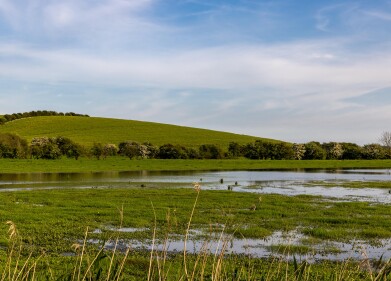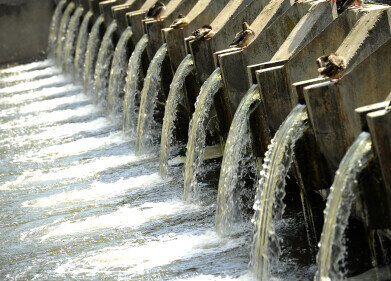Water Pollution Monitoring
Can Seagrass Tackle Microplastic Pollution?
Feb 25 2021
Microplastic pollution is an issue that appears to be affecting every corner of our Earth. These days, tiny particles of plastic are found almost everywhere, from the air we breathe to the food we eat. The largest repository for microplastic pollution, however, is undoubtedly the ocean.
According to recent estimates, there are more than 14 million tonnes of microplastic pollution lying on the bottom of the ocean floor alone. That’s before the trillions of particles which are swept up by currents, washed onto shorelines and ingested by marine animals are even taken into account. Keen to provide a solution to this increasingly concerning problem, a team of scientists from Catalunya in Spain is investigating how seagrasses can act as natural filters to collect microplastics for easy removal.
Microscopic particles, monumental problem
Microplastics find their way into our seas and oceans from many sources. Whether it’s the synthetic fibres which leach off clothing inside a washing machine, the tiny particles of tyres which erode into the surface of a road as a vehicle is being driven or a large plastic item that degrades into microplastics over time, much of that pollution eventually ends up in the deep blue drink.
Once there, it can disrupt the habitats of countless sea animals, as well as masquerade as food for them. After being ingested, it can potentially damage their internal organs, or else sit uselessly in their stomachs, occupying space but providing zero nutritional value. As such, it’s a scourge on marine ecosystems the world over.
Seagrass to the rescue
Seagrasses already provide a myriad of benefits to the coastal waters where they proliferate, including absorption of CO2, improvement of water quality, mitigation of climate change and protection of the shorelines they fringe. However, a new study published in the scientific journal Nature suggests that they may be able to provide succour in the fight against marine microplastic pollution, as well.
To test the theory, the researchers examined samples of vegetal deposits which washed up on the beaches of Mallorca. They found that over 50% of the samples contained plastic debris, with up to 1,470 plastic items in a single kilogram of organic matter. The grasses work as a natural filter to isolate the microplastics, then shed their leaves and wrap up both the dead vegetation and the pollution in a tight ball, which eventually finds its way to the shoreline.
Prevention better than the cure
This latest discovery just underlines the utility of seagrass to other lifeforms in their vicinity, making it all the more lamentable that much seagrass cover has been lost in recent years. According to the authors of the study, between 13% and 50% of initial seagrasses – Latin name, P. oceanica – have been lost in the last 60 years.
But while seagrass might hold a viable solution for removing plastic pollution that is already in the ocean, the best course of action would be to prevent it from arriving there in the first place. It’s with such an objective in mind that some researchers have been investigating the combination of forensic science and artificial intelligence to identify microplastic particles in wastewater treatment effluents and remove them before they have a chance of finding their way into the ocean.
Digital Edition
AET 28.4 Oct/Nov 2024
November 2024
Gas Detection - Go from lagging to leading: why investment in gas detection makes sense Air Monitoring - Swirl and vortex meters will aid green hydrogen production - Beyond the Stack: Emi...
View all digital editions
Events
Nov 26 2024 Paris, France
Nov 27 2024 Istanbul, Turkey
H2O Accadueo International Water Exhibition
Nov 27 2024 Bari, Italy
Biogas Convention & Trade Fair 2024
Nov 27 2024 Hanover, Germany
Dec 02 2024 London, UK

-min.jpg)










.jpg)






